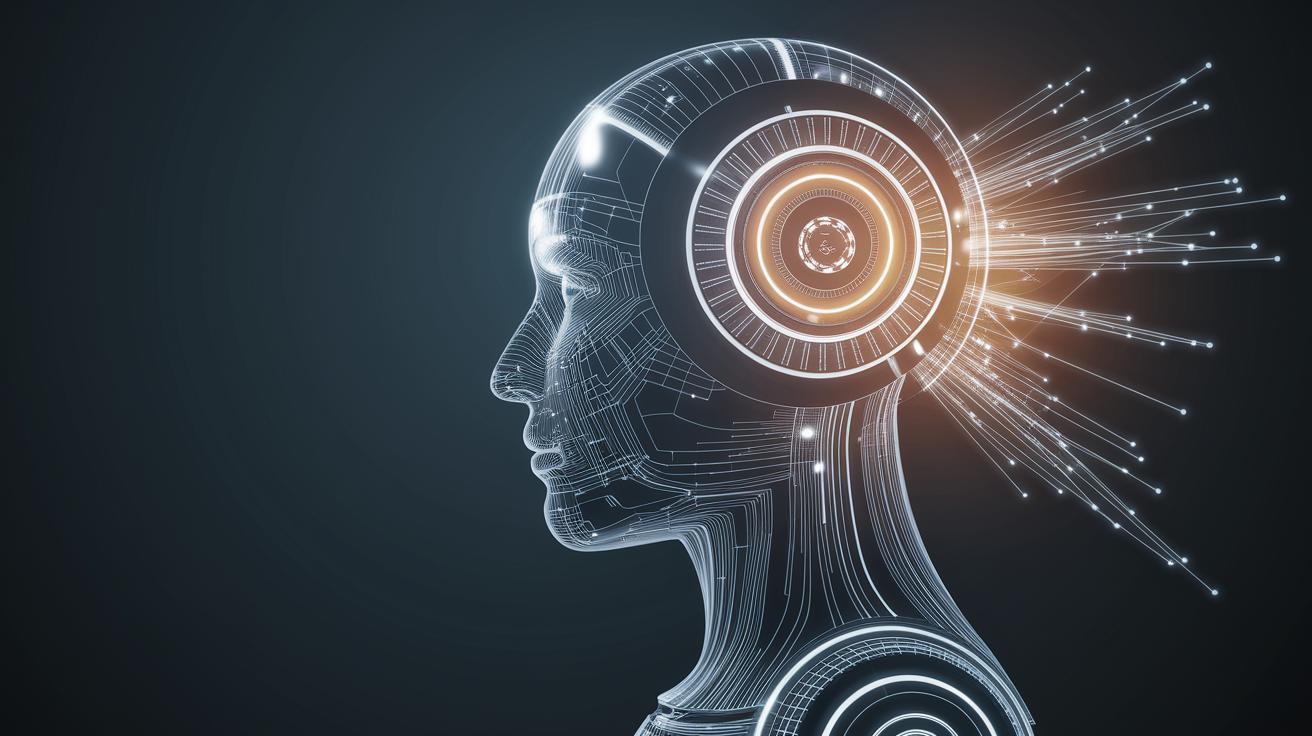How AI is Revolutionizing Predictive Maintenance in Energy Systems
The intersection of artificial intelligence (AI) and energy systems is transforming predictive maintenance approaches within the renewable energy sector.
By leveraging AI’s capabilities, energy companies are enhancing the efficiency and reliability of their equipment, leading to a reduction in downtime and operational costs.
This blog post delves into how AI is applied across various domains of renewable energy, such as wind turbines, solar panels, hydropower plants, battery energy storage
systems (BESS), and grid integration. Each section provides an exploration of the role of AI in diagnosing issues, optimizing performance, monitoring conditions, and managing assets effectively.
By understanding these applications, stakeholders can foster a smarter, more sustainable energy future.
Applying AI-Powered Predictive Maintenance In Renewable Energy
1. Wind Turbine Diagnostics And Monitoring
Wind turbines are complex machines with numerous components, making them susceptible to various mechanical failures.
AI technologies, such as machine learning algorithms, are employed to monitor the health and performance of wind turbines.
These algorithms analyze data from sensors placed on the turbine’s blades, gearbox, and generator to detect anomalies indicative of potential failure.
By identifying these irregularities early, companies can perform maintenance before a breakdown occurs, effectively reducing downtime and maintenance costs.
Additionally, AI-powered diagnostics aid in determining the remaining useful life of critical components.
This allows energy operators to plan maintenance schedules strategically and ensure uninterrupted energy production.
By optimizing maintenance intervals based on data-driven insights, AI not only prolongs the lifespan of turbines but also enhances their efficiency.
2. Solar Panel Performance Optimization
The efficiency of solar panels is paramount in maximizing energy production. AI systems play a significant role in monitoring and optimizing the performance of solar arrays.
By analyzing weather patterns, shading impacts, and panel conditions, algorithms can predict potential losses in efficiency and suggest corrective actions.
These AI models are trained using vast datasets and can continuously learn and improve their recommendations for performance enhancement.
Moreover, AI assists in the early detection of faults such as micro-cracks or hot spots, which can lead to significant power loss if left unaddressed.
Through image recognition and data analysis, AI systems alert operators to these issues in real-time, allowing for timely interventions to restore optimal functionality.
This proactive approach ensures sustained high performance and longevity of solar installations.
3. Hydropower Plant Condition Monitoring
Hydropower plants depend on a vast array of equipment, including turbines, generators, and control systems, all of which require efficient operation for uninterrupted energy supply.
AI-driven predictive maintenance offers a strategic advantage by continuously monitoring the condition of these components.
Sensors collect data on vibrations, temperature, pressure, and acoustic signals, which AI models then analyze to predict potential malfunctions.
The use of AI in hydropower enables the identification of subtle signs of wear and tear before they escalate into serious failures.
This predictive approach not only mitigates the risk of unexpected plant shutdowns but also decreases maintenance costs by allowing for planned interventions.
Ultimately, AI supports the establishment of a more reliable energy supply chain.
4. Battery Energy Storage Systems (BESS) Maintenance
As renewable energy sources become more integral to power systems, managing energy storage efficiently is crucial.
Battery Energy Storage Systems (BESS) play a vital role in storing surplus energy and ensuring supply during peak demand.
AI technologies enhance the maintenance of BESS by monitoring battery health, charge cycles, and degradation patterns.
Predictive models powered by AI can forecast battery lifespan and identify potential degradation before it leads to failure.
This information enables operators to optimize charging and discharging schedules, balancing performance with longevity.
AI-driven insights ensure that BESS remain operationally effective, contributing to the overall stability and resilience of energy systems.
5. Grid Integration And Asset Management
AI’s application extends to grid integration and asset management, where it plays a pivotal role in enhancing the connectivity between diverse energy sources and the grid.
Grid operators utilize AI for real-time monitoring and to forecast energy demands accurately, enabling better management of the load and distribution.
By optimizing the integration of renewable energy sources, AI facilitates a balanced energy mix, enhancing grid stability and resilience.
Furthermore, AI models aid in asset management, ensuring that electrical infrastructure operates efficiently by predicting maintenance needs and minimizing the risk of outages.
The comprehensive visibility offered by AI allows for smarter decision-making, promoting sustainability and energy security.
Lessons Learned
| Energy Domain | AI Application | Key Benefits |
|---|---|---|
| Wind Turbine | Diagnostics and Monitoring | Reduced Downtime, Optimized Maintenance |
| Solar Panel | Performance Optimization | Increased Efficiency, Fault Detection |
| Hydropower Plant | Condition Monitoring | Risk Mitigation, Cost Reduction |
| BESS | Maintenance and Health Monitoring | Enhanced Performance, Longevity |
| Grid Systems | Integration and Asset Management | Optimized Energy Mix, Stability |


